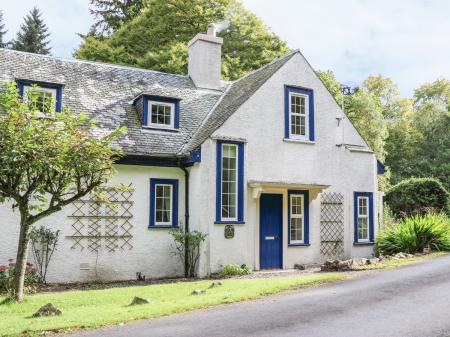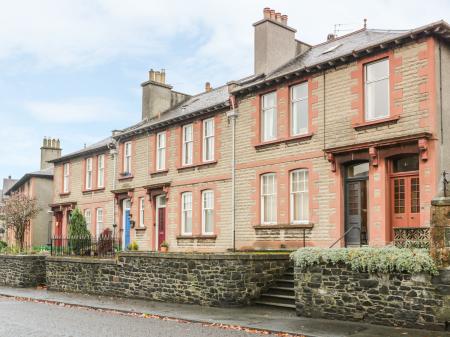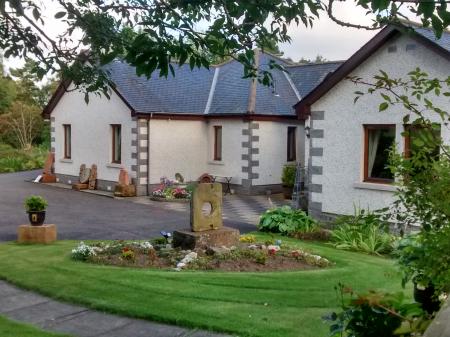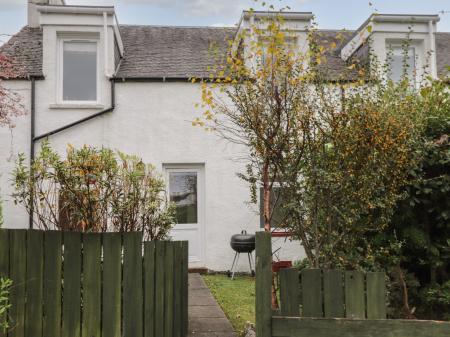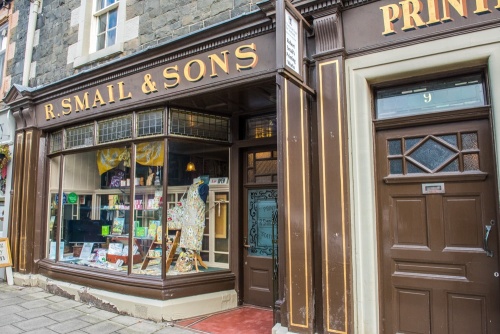
History
Robert Smail began printing in Innerleithen in 1856, focussing on selling stationery, books, and fishing gear. He purchased the current works building in 1867 for the grand total of 500 pounds and filled it with the latest printing machinery.
When Robert died in 1890 his three sons took over the family business. Robert Smail, Jr, ran the business, while his brothers acted as salesmen.
Tragedy struck in 1930 when Adam Smail was struck by lightning and killed while fishing on the River Tweed. The third generation of Smail's took over in 1950, but when Cowan Smail decided to retire in 1986 he put the family business up for sale.

By a lucky chance, the National Trust for Scotland was alerted to the sale, and purchased the entire works and all its contents, to preserve this historic business for future generations.
The original printing equipment is still used today for small print jobs and is used to print some of the Trust's own promotional literature. Modern visitors can experience what it was like to be a printer's apprentice, and learn how to set type and operate the presses.
The Works office is a delicious jumble of ledgers, newspapers, and dockets, for the Smail family never seemed to throw anything away! One of the prize exhibits is a collection of 52 gigantic scrapbooks (called 'Guard Books') illustrating every single job the company printed over the course of almost a century in business on Innerleithen High Street. Each entry has a sample of the finished product, with the date and the number printed. The result is a fascinating piece of social history.
Visitors can see the original water wheel which supplied power to the print machinery until the 1930s.

Learn to Set Type
The Printing Works can only be explored through one of the regular, free tours, led by an experienced printer. Rather than just listen to the tour leader talk about the various printing presses and printing methods, tour participants become 'apprentices' and have to set type for a bookmark (with text of their own choosing).
For example, I created a bookmark with my name and my wife's name together. It sounds easy, but it is not! Type has to be set upside down, with proper spacing between words, and the words have to be centred on the paper.
Luckily the tour leader is always there to help, and a good thing, too! Once the type has been successfully set, the bookmarks are printed on a 19th-century Columbia Eagle Press, named for the ornate eagle ornament attached to the top of the press. You get to keep the bookmark and an apprentice 'qualification'.

In the ground-floor Machine Room you watch the tour leader operate the Arab Platen foot-peddle driven press, with an output of 900 copies per hour. Imagine keeping that up throughout the 10 hour work day! Beside it is a Wharfedale Reliance press which is used for many of the Printing Works print jobs today.
One of the most interesting parts of the tour was learning the amazing number of print-related terms that have made it into common usage. For example, did you know that 'mind your Ps and Qs' comes from printing? Compositors (typesetters) had to select the letters 'p' and 'q' from their trays, but these letters, which look so much alike, were in sections of the tray right next to each other, so could easily be mixed up if the compositor wasn't careful.
Here's another example; the words uppercase (capitalised) and lowercase (uncapitalised) refer to the letter location in the compositor's box. Capital letters were always stored in the rear, or upper section of the box, which was raised at an angle above the lower section of the box where uncapitalised letters were stored. They were quite literally above the lowercase letters.
The printing works offer regular full day courses in the art of typesetting and operating a letterpress if you want to become an expert yourself.
We took one of the Printing Works tours, as part of a group of about 10 visitors. It was a fascinating experience, and took roughly 90 minutes. The tour guide, an experience master printer, was extremely knowledgeable and very entertaining.








 We've 'tagged' this attraction information to help you find related historic attractions and learn more about major time periods mentioned.
We've 'tagged' this attraction information to help you find related historic attractions and learn more about major time periods mentioned.